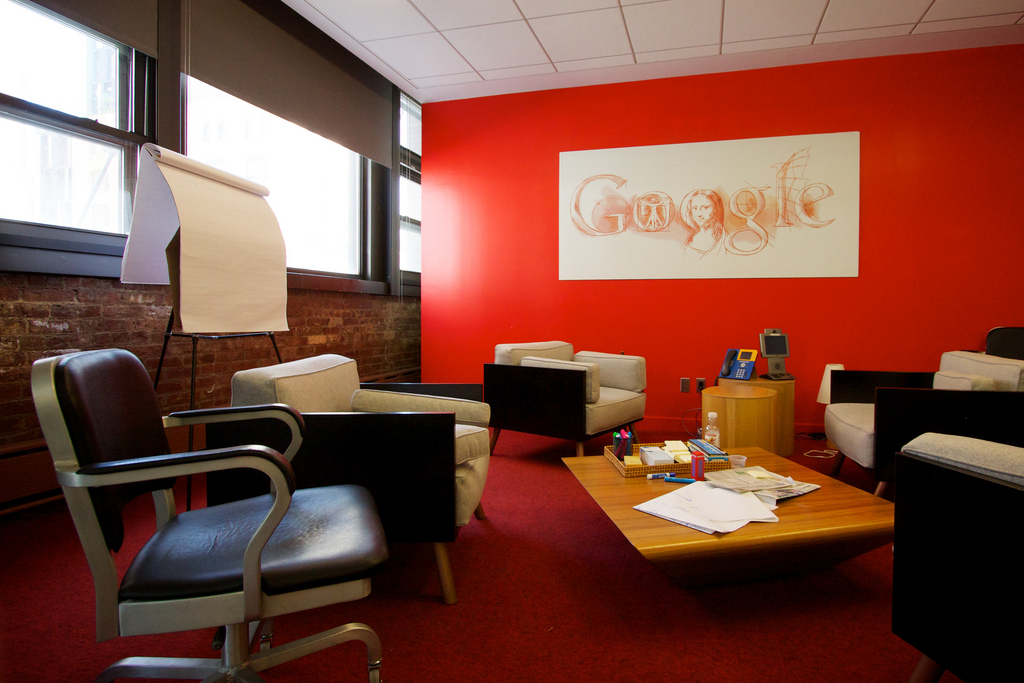Back in 2012, Google set out to quantifiably research what makes certain high-performing teams work the way they do. Where two groups have equally smart and qualified people, what intangibles account for their differences in performance?
The New York Times Magazine recently ran a story (in an entire issue on the future of work) on this process, which the company called Project Aristotle. I encourage you to read the whole article as it is a good read. Below are my thoughts on their results, and what it takes to coax the best out of your teams today.
First of all, as you may have noticed if you are a regular reader of this blog or publications like Forbes, Harvard Business Review, or Fast Company, the world of work is changing. Fast. Research technology has dramatically changed how and to what extent we can analyze productivity and work is increasingly team-based.
According to the article, collaborative work has increased 50% or more over the last two decades. And it turns out that people prefer working that way. Employees who spend a majority of their time working collaboratively get better results and report higher satisfaction with their jobs.
Project Aristotle’s research also found that regardless of who people were as individuals, once they got into a group to work together, they were more likely to behave according to group “norms.” Those norms tended to differ by group, and it wasn’t about which norms were displayed that determined how successful a particular group was.
The main predictor of success in these groups is psychological safety. Though it doesn’t need to be regimented, each member of the group needs to get a similar amount of time to speak. They need to feel respected and valued, but not “in charge.” More emotionally intelligent employees did a better job at recognizing when others needed to talk and when it was their turn.
The researchers also rightly point out that that comfort needs to be in the larger context of the company itself. No one wants to “put on a ‘work face’ when they get to the office.” The strain of performance associated with that means the employee will not be able to give their best effort.
This means that the chances of winning our battles are increased if we can learn to collaborate better. And based on Google’s research, we absolutely can collaborate better if we find ways to create psychological safety in our smaller groups and in the workplace in general.
Want to talk about how to foster psychological safety in small or large group situations? Drop me a line in the comments or email me at scott@doubledareyou.us.
—
photo credit: Inside another conference room via photopin (license)



